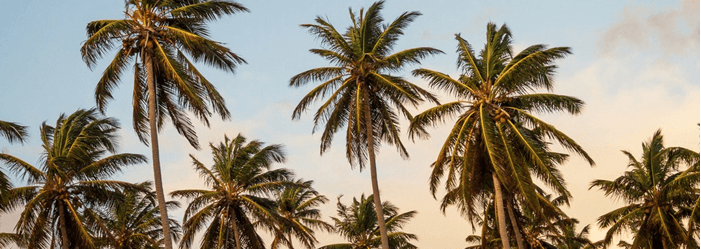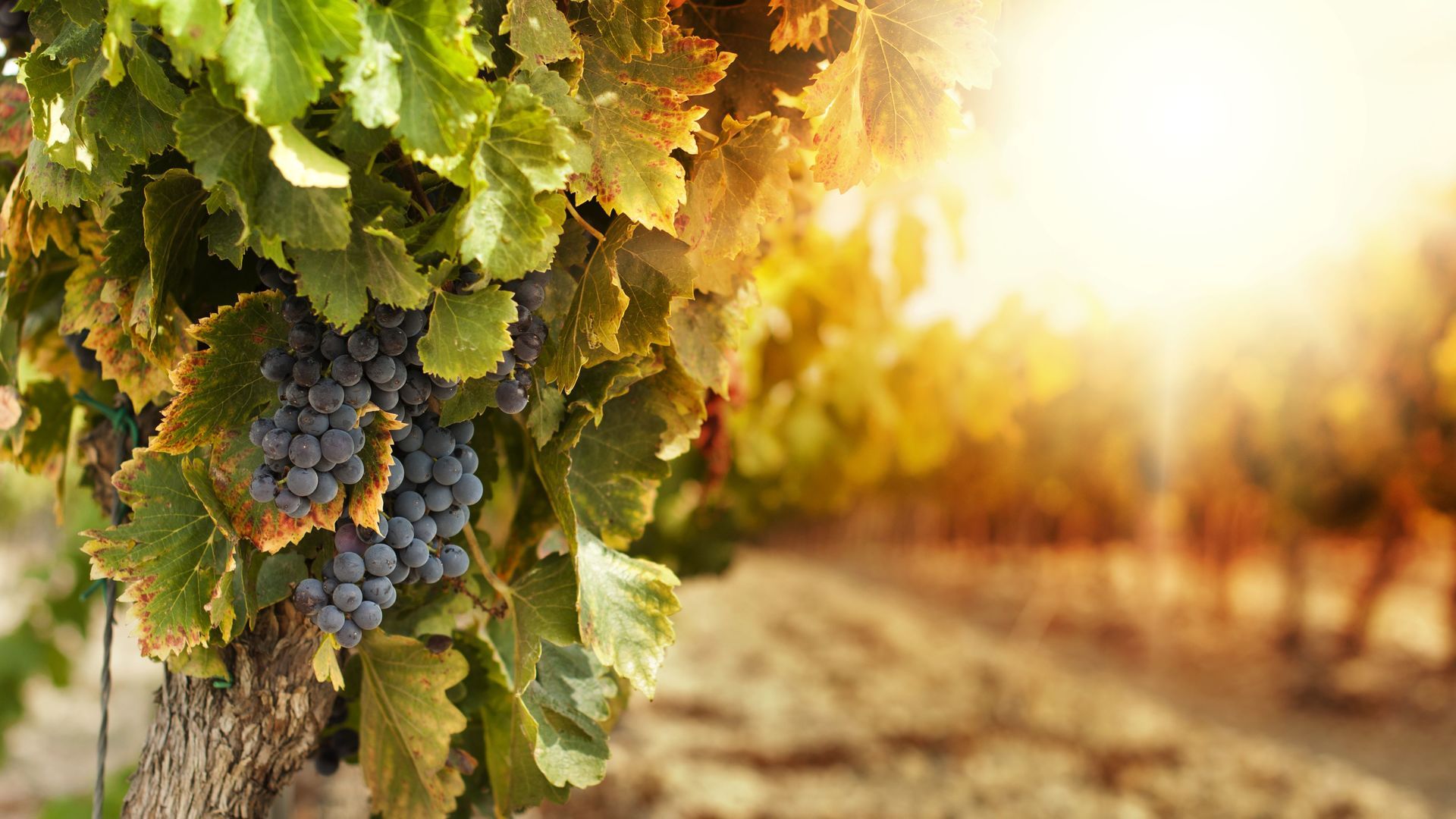Blog Layout
Having driven 215 miles north from Madrid through vineyards, olive groves and beautiful mountainous ravines we descended to a plain as we approached the Basque country of Northern Spain. The home of our favourite Rioja – Bodegas Navajas - which has been on the wine list for more than 30 years – the village of Navarrete lay ahead – a small hilltop town rising from the flat lands around the Rio Oja and Rio Ebro in the South West of the Rioja region. The satnav took us through a maze of one-way narrow streets right to the top of the village where the views were spectacular. We then meandered back down the hill and found the Bodegas Navajas before searching out the Hotel de Camille on the edge of the village where the car park was full of classic cars and our room had extensive views across the plain towards the Basque mountains to the north. We sat in the sunny hotel garden sipping beers and watching the beautiful old motors departing one by one.
Slide title
Write your caption hereButtonSlide title
Write your caption hereButtonSlide title
Write your caption hereButton
Slide title
Write your caption hereButton
Slide title
Write your caption hereButton
In the early evening we walked towards the sleepy town centre in search of some supper and found more than we bargained for. There were few people around and bars were quietly preparing for the evening – we found our way to the centre of town and climbed the hill to the church at the edge of the square. The evening sun shone through the magnificent stained glass window over the altar throwing its colourful light all around the church and when we emerged into the square we were surrounded by activity as musicians were tuning up on a stage in preparation for the late September Feria to celebrate the harvesting of the grapes.
Slide title
Write your caption hereButton
Slide title
Write your caption hereButtonSlide title
Write your caption hereButton
Slide title
Write your caption hereButton
Being one of the first couples to sit down at a lonely table outside a little bar near the stage we ordered wine and tapas. Very soon the tables began to fill up with sleepy looking people nursing their feet – some could hardly walk – and we soon realised their mission.
For centuries Pilgrims on route to Santiago de Compostela begin to converge and Navarrete is on one of the routes taken as the destination becomes closer. There was a group of 5 women sitting close by, hardly awake enough to engage in conversation with each other, and other small gatherings equally as insular. A single lady came to occupy the table next to us and we began to chat. She had taken the pilgrimage to Compostela before and on this occasion she was walking alone – tonight she was staying in the local hostel just round the corner from the little square where we were congregating.
The pilgrims were welcomed in the hostel where living was communal – dormitories and showers shared between men and women – yet no one was allowed to speak or communicate - silence was the order! As a small band began to play on stage and tiny children began to dance the entertainment took over and conversation became impossible. As the evening progressed more revellers join in the merriment and the town square was throbbing with energy as we wandered off through the streets towards our hotel.
Navarrete lies on the edge of the Rioja Alta in the south west of the area to the south of the Basque Mountain range. Having enjoyed a glimpse of the culture that surrounds Bodegas Navajas we prepared to meet Merche Navajas at the Bodega first thing the next morning where she filled us in on the history of the Bodega before showing us around. Merche’s great-grandfather set up the Bodega in 1918 - which was then in the centre of the village with underground cellars – the entire operation has now moved to the edge of the village to an impressive new premises. As we were exploring the smart new facilities grape pickers were picking the final red grapes for this year’s vintage out in the vineyards and hoping that the good weather would continue for a while longer. Bodegas Navajas own a lot of their own vineyards and buy parcels of vines from other vineyards owned and managed by local farmers.
Slide title
Write your caption hereButton
Slide title
Write your caption hereButton
Slide title
Write your caption hereButton
Slide title
Write your caption hereButton
Slide title
Write your caption hereButton
Slide title
Write your caption hereButton
Slide title
Write your caption hereButton
The grapes are brought directly from the fields to the Bodega where they are matured in stainless steel vats in which fermentation occurs before being moved into American oak barrels and stored in the vast cellars before going to the brand new bottling plant for bottling. In the final cellar we visited each barrel was named and we discovered that it is possible to buy your very own personal barrel which is nurtured to maturity before being bottled and presented to the proud owner as their very special vintage. The bodega produces a white wine, a rose and various red vintages including Sin Crianza and Gran Reserva.
The surrounding area was also once a thriving pottery region and now Navarrete is the only remaining town where pottery production continues. The hotel gardens had been full of beautiful urns so large that one could climb inside, should one be happy to share with the flora and fauna inhabiting them. The pottery definately required a visit before we departed and as we drove towards the kiln chimneys we watched a straggle of walkers plodding weary westwards – small groups, couples, singletons – towards Santiago de Compostela.
In a brief few hours the history surrounding the village of Navarrete had engaged us and set our imaginations alight – what had seemed to be a sleeping Spanish village on a hot Sunday afternoon had, for hundreds of years, been a busy thriving community.

by Alan Chun
•
13 Dec, 2019
Cantina Paolini, Gurco, Marsala, Sicily Rosato Conte di Matarocco 2018 This is a fulfilling, substantial rose which is perfectly dry and would accompany a seafood Plata very well indeed. £ 7.95 Nerello Mascalese Terre Siciliana 2018 Warm red berry flavours with a hint of cherry. £ 8.95 Grillo Bio Terre Siciliana 2018 Lovely organic dry white wine, perfect with seafood. £ 7.95 Pinot Grigio San Antonio 2018 Friuli Italy This very popular aromatic dry white wine is perfect with lightly flavoured pasta. £ 7.95

25 Nov, 2019
Not many wine drinkers and probably fewer wine merchants have taken the trouble to discover the toil that goes into making a bottle of wine. For over three thousand years the making and imbibation of wine has been undertaken and enjoyed. Many talk of the climate, the vinification process and the technology involved, but few go to find out what happens in the beginning. It is a constant source of amazement to me that wine making must be one of the most ancient industries in history and although methods have progressed the basic requirements of planting, pruning and picking have changed very little. O.K. we have tractors and trailers, sharper blades and rubber gloves to aid us in our work yet there are certain jobs that can only be done by hand and carried out in the same manner as they would have been thousands of years ago. September 1998 - “La Vendange” Having travelled down through France to Beaujolais I was escorted from Macon Ige station to a rather beautiful rustic Chateau nestling in the hillside, surrounded by hectares and hectares of vines resembling a patchwork of green. “What on earth do your want to do this for?” - I was asked. “What had I let myself in for?” - I asked myself. I had been told that I would be well fed (no cooking, no washing up! – a bonus), that I would be expected to drink copious quantities of wine (home from home), and I had been advised to bring my oldest clothes which could be discarded when the job was finished! I woke in the dark the following morning, dressed, breakfasted and donned a large green “impermeable”. Armed with a black bucket, a pair of secateurs and rubber gloves I followed a group of similarly attired “grape pickers” out into the rain only then did I begin to wonder what I was doing! The atmosphere was, however, reminiscent of the mountains, the fresh air, freedom and a promising day ahead mixed with the feeling of duty and direction overrode. I saw what needed doing, found a row of grapes and started to snip. “Pas feuilles – no leaves” I was told as I wended my way along my first row of vines. The rain continued and my anxieties grew. My family was cosily ensconced at home in England probably still in their beds drinking tea and eating biscuits and I had chosen to come here and do this.








